Philodendron / Pothos Help Indoor
mohnik1
2 years ago
Related Stories
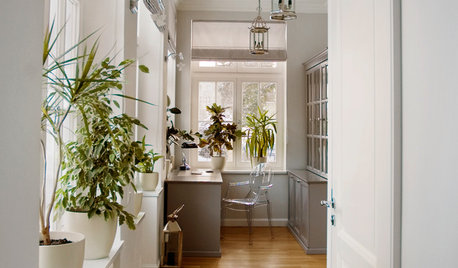
HOUSEPLANTSHow to Create an Indoor Landscape
Apply principles and elements of design to help your indoor garden flourish
Full Story
HOUSEPLANTS10 Top Plants to Grow Indoors
Brighten a room and clean the air with a houseplant that cascades artfully, stretches toward the ceiling or looks great on a wall
Full Story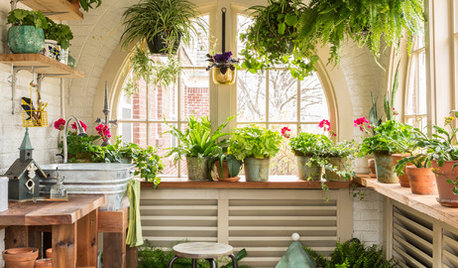
CONTAINER GARDENSIndoor Plants Add Style and Cheer in Winter
Bring more life and color to your interiors with container plants in every room of the house
Full Story
HOUSEPLANTS8 Essentials for Healthy Indoor Plants
Houseplants add so much to our homes — and can thrive when grown in the right conditions. Keep these tips in mind
Full Story
PETS10 Tips for Keeping Indoor Cats Healthy and Happy
It's National Cat Day: Ask not what your cat can do for you (because it will ignore you) but what you can do for your cat
Full Story
PLANTING IDEAS9 Plant-Filled Courtyards, Light Wells and Indoor-Outdoor Nooks
See how creative planting solutions transform areas that have low light, high walls and other growing challenges
Full Story
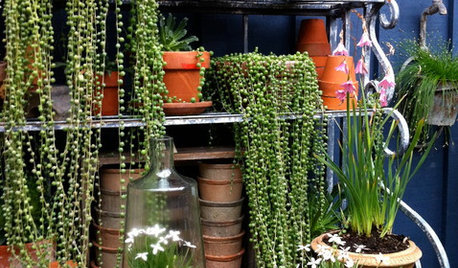
HOUSEPLANTSCascading Succulents Bring Fun Shapes to Your Indoor Garden
For eye-catching spillers with delicate beauty and minimal needs, it's hard to beat these 2 trailing houseplants
Full Story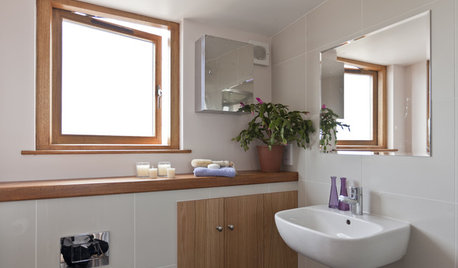
HOUSEPLANTS7 Favorite Indoor Plants for West-Facing Windows
These houseplants, and many more, thrive in the bright sun of a window that looks to the west
Full Story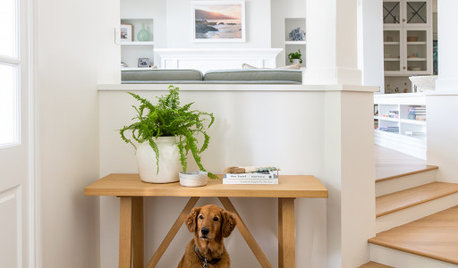
CONTAINER GARDENSConsider These 10 Pet-Safe Houseplants
Help keep cats and dogs healthy with the right selection of indoor plants
Full Story


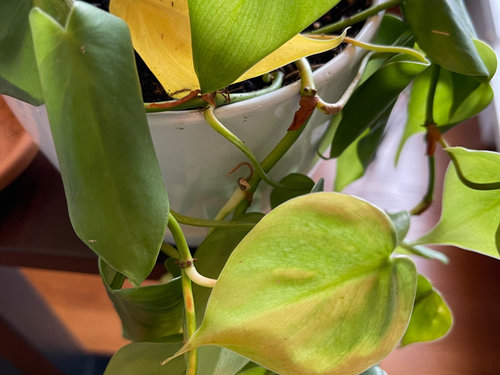
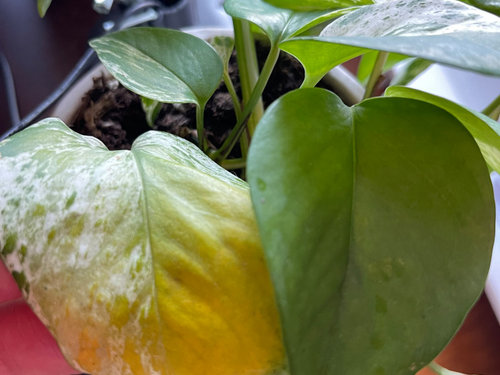



tapla (mid-Michigan, USDA z5b-6a)
ken_adrian Adrian MI cold Z5
Related Discussions
New to Plants, Need Help -- Dracaena, Pothos, Pilea
Q
What is the difference between Pothos and Philodendron?
Q
Plant ID - pothos or philodendron?
Q
Pothos or Philodendron?
Q
mohnik1Original Author
tapla (mid-Michigan, USDA z5b-6a)
mohnik1Original Author
tapla (mid-Michigan, USDA z5b-6a)
tropicbreezent
mohnik1Original Author
tapla (mid-Michigan, USDA z5b-6a)
mohnik1Original Author
tapla (mid-Michigan, USDA z5b-6a)
mohnik1Original Author
tapla (mid-Michigan, USDA z5b-6a)